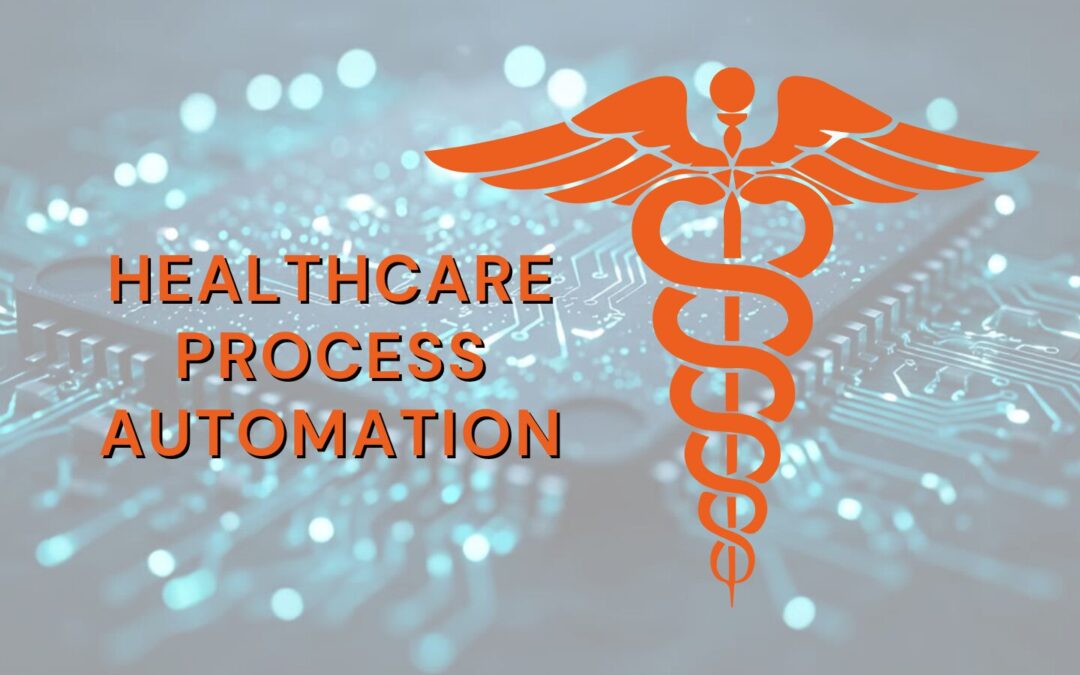Always a challenge with healthcare companies is the need to juggle both operational efficiency and strict regulatory compliance, especially around protected health information (PHI). Business process automation applications (e.g., expense management, AP invoice processing, vendor/customer self-service) are appealing but are only viable if implemented in a way that supports the privacy, security, and auditability demands of HIPAA and other internal policies. DynamicPoint’s product development offers a unique approach, rather than forcing healthcare companies to implement compliance on top of proprietary systems, DynamicPoint builds its products within the Microsoft 365 / Azure ecosystem, making regulatory compliance an integral design consideration.
In this article, we’ll walk through:
- An overview of DynamicPoint’s product suite (Portal, EasyAP365, EasyEXP365)
- How the company’s development approach (on Microsoft 365 / Azure) helps support HIPAA compliance
- Why this model is advantageous for healthcare customers
- How it differentiates DynamicPoint from competitors
The DynamicPoint Product Suite: Portal, EasyAP365, EasyEXP365
DynamicPoint currently offers three primary product lines that apply to health care organizations. They are as follows:
- Portal (Customer & Vendor) – This app transforms a SharePoint Online extranet into a self-service portal (customer, vendor, or employee) with live integration to ERP or backend systems.
- EasyAP365 (Accounts Payable Invoice Automation) – Automates invoice receipt, OCR data extraction, PO and non-PO processing, approval workflows, and ERP integration, all within the Microsoft 365 environment.
- EasyEXP365 (Expense Reimbursement Management) – Provides mobile receipt capture, OCR, expense routing, approval workflows, and live ERP integration, all while utilizing Microsoft 365 components.
How DynamicPoint’s Architecture Supports HIPAA Compliance
To understand why DynamicPoint’s architecture is well-suited for HIPAA-concerned healthcare organizations, it helps to break down the key elements of HIPAA compliance requirements and see how they map into Microsoft Azure and Power Platform capabilities, and how DynamicPoint takes advantage of this backbone.
Here are some of the technical safeguards in HIPAA, and how DynamicPoint’s approach helps compliance:
| HIPAA Requirement | Challenge for Company | How DynamicPoint & Microsoft 365 Help |
| Access Controls & Identity Management | Strict access control over who can view/edit PHI | DynamicPoint leverages Azure Active Directory (Entra ID) for identity, role-based security, multi-factor authentication, and integration with your existing governance policies. This avoids having a separate identity management silo. |
| Audit Logging & Monitoring | Tracking who accessed what data, when, and what changes were made | Because the solution lives in SharePoint/Power Platform context, you inherit Microsoft’s audit logs. You aren’t reinventing audit trails in a standalone app. |
| Encryption & Data Protection | Data in transit and at rest must be encrypted | Microsoft 365 / Azure platform provides built-in encryption at rest and in transit, with key management options. DynamicPoint’s products reside within that environment rather than trying to build separate encryption functionality. |
| Data Residency / Segmentation | Ensuring PHI doesn’t cross unauthorized geographies or shared infrastructure | Because data is stored in your Office 365 tenant (and in GCC, if required) you maintain control over the physical location and the compliance boundary. |
| Secure Workflow & Process Controls | Ensuring that workflow execution maintains segregation of duties | Power Automate workflows and approvals provide a robust, low-code engine that already includes tracking, versioning, error handling, etc. DynamicPoint provides workflow templates rather than building a new workflow engine from scratch. |
| Document Management & Storage | Versioning, retention, lifecycle, secure deletion | SharePoint libraries and lists bring built-in versioning, document metadata, and retention policies. That foundation becomes part of the solution. |
| Scalability, Redundancy & Availability | High uptime, resilience, backup/DR, failover | By riding on Microsoft’s underlying platform, DynamicPoint gains the benefits of enterprise infrastructure, SLAs, backup/restore, geographic redundancy, and disaster recovery options that are already provided by Azure / Microsoft 365. |
| Integration & Controlled Interfaces | Secure APIs, with controlled connectivity | DynamicPoint designs connectors (to ERPs) using web services and secure APIs, structured so that data flows are auditable, secure, and vendor-supported. |
| Inherited Compliance | Ensuring that the platform itself is compliant | Because Microsoft 365 / Azure has compliance certifications (ISO 27001, SOC 2, etc.), the burden of proving infrastructure compliance is offloaded. DynamicPoint does not have to build a core from scratch and can focus on the business logic layered on that foundation. |
In summary, because DynamicPoint’s entire product stack sits within the Microsoft 365 / Azure / Power Platform ecosystem, a healthcare organization isn’t adopting yet another “black box” SaaS application whose internal security is unknown. Instead, the system becomes part of their existing Microsoft compliance architecture. The healthcare company retains control, management, and the ability to enforce internal policies consistently.
Why This Approach Is Advantageous for Healthcare Customers
From the perspective of a health care organization that must maintain HIPAA compliance, here are the key benefits of the DynamicPoint approach:
- Data control remains in your tenant
Rather than trusting a third-party application provider to host, secure, and isolate your PHI, everything lives within your Microsoft 365 environment. - Leverage existing security investments
Many healthcare organizations already have Microsoft 365 and Azure. By using tools built atop the same platform, you don’t need to learn or secure a separate technology stack. - Reduced audit effort
Auditors like to see a unified environment rather than multiple disconnected silos. Since the DynamicPoint apps are built within your existing Microsoft 365 investment, the compliance review process can be less complex. - Scalable and resilient
Health care workloads can fluctuate. Relying on Microsoft’s underlying infrastructure means you benefit from proven scalability and high availability without having to negotiate with a new vendor for those guarantees. - Configurable and extensible
Because the apps are built with Power Platform and SharePoint, there is high flexibility for customization to meet specialized workflow or complex business requirements. Many SaaS vendors are rigid or force you to adopt their process. DynamicPoint can adapt to meet your business needs.
In short, health care organizations can take advantage of lower integration costs, higher transparency, and a stronger compliance foundation by selecting a product that is built inside their existing technical architecture.
Conclusion & Summary
For health care organizations operating under HIPAA, the decision to adopt automation tools (for AP invoice processing, employee expense management, customer and vendor portals) comes with compliance risk and effort. Choosing a SAAS vendor that forces you to treat their stack as a black box is risky, as you lose visibility, control, and auditability.
DynamicPoint offers an alternative: all the company’s products (Portal, EasyAP365, EasyEXP365) are built within the Microsoft 365 / Azure / Power Platform environment. That means you retain data control, leverage your existing identity, governance, encryption, compliance, logging, and security investments, and you reduce the friction of auditing and oversight. In a highly regulated industry, these are powerful differentiators.
If you are interested in learning more about our three applications and the features for health care companies, please click on the product page buttons below:


